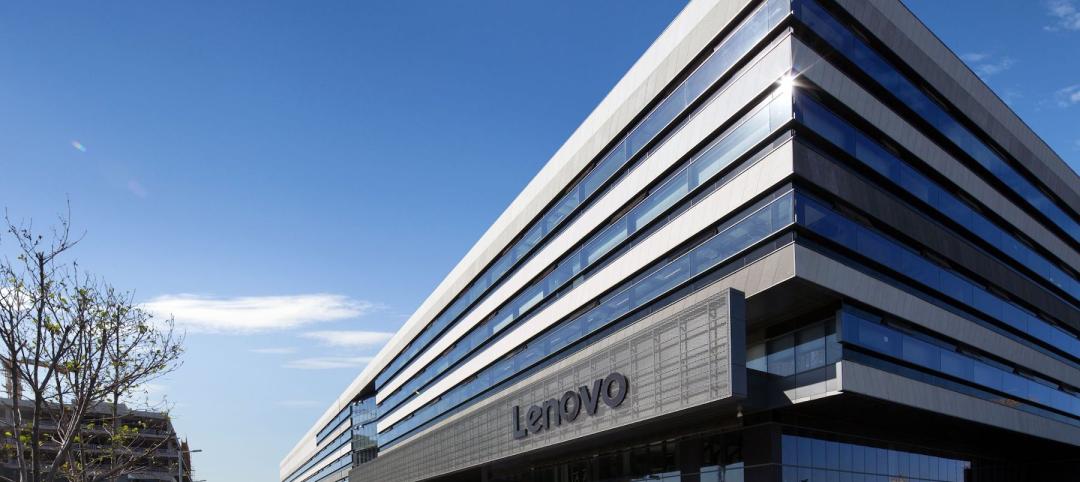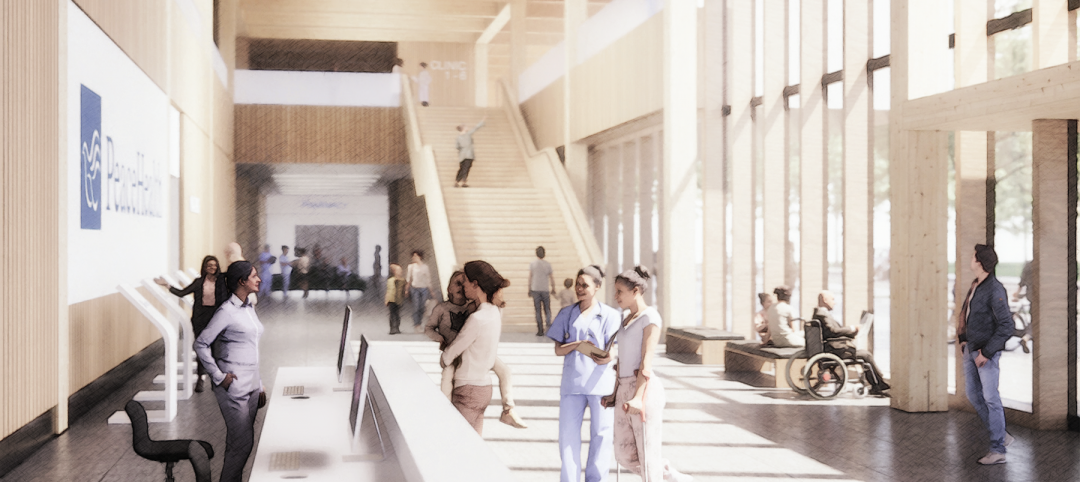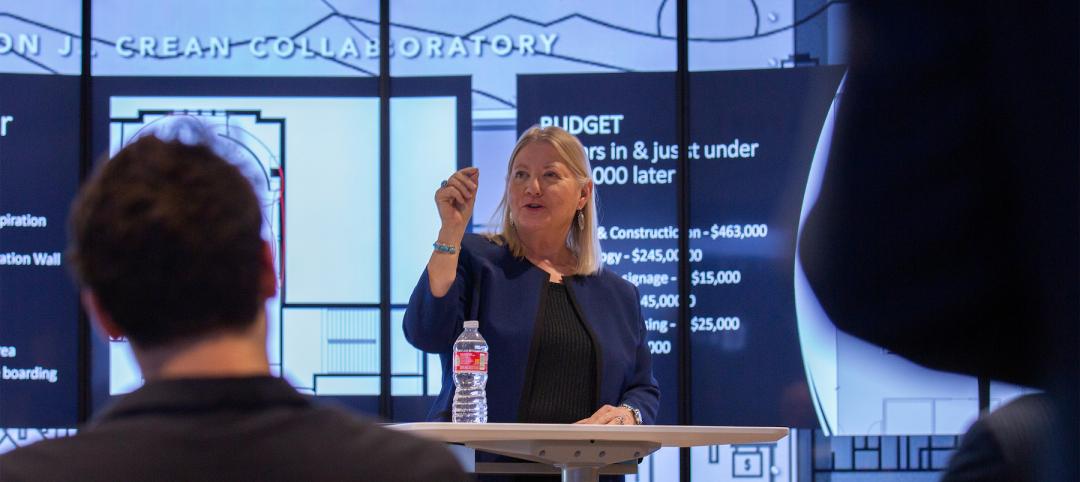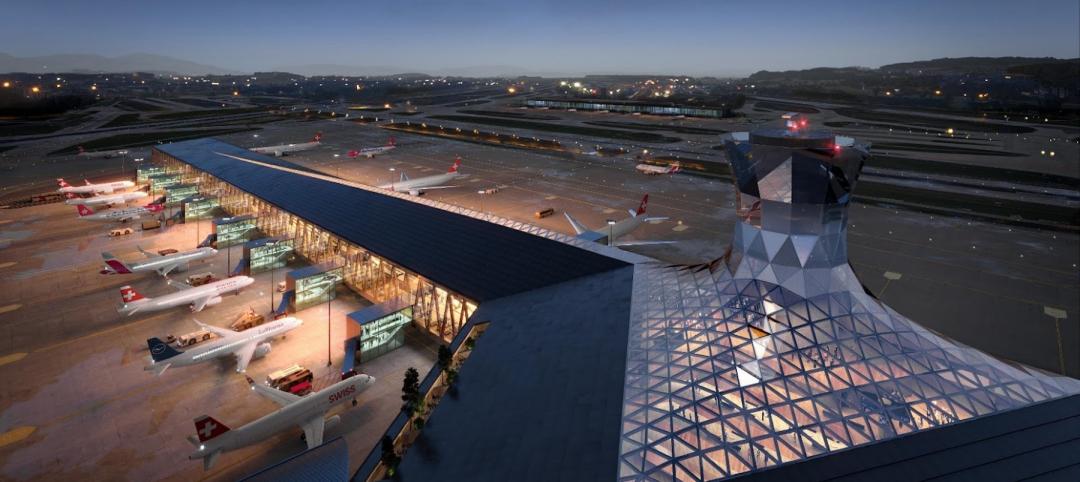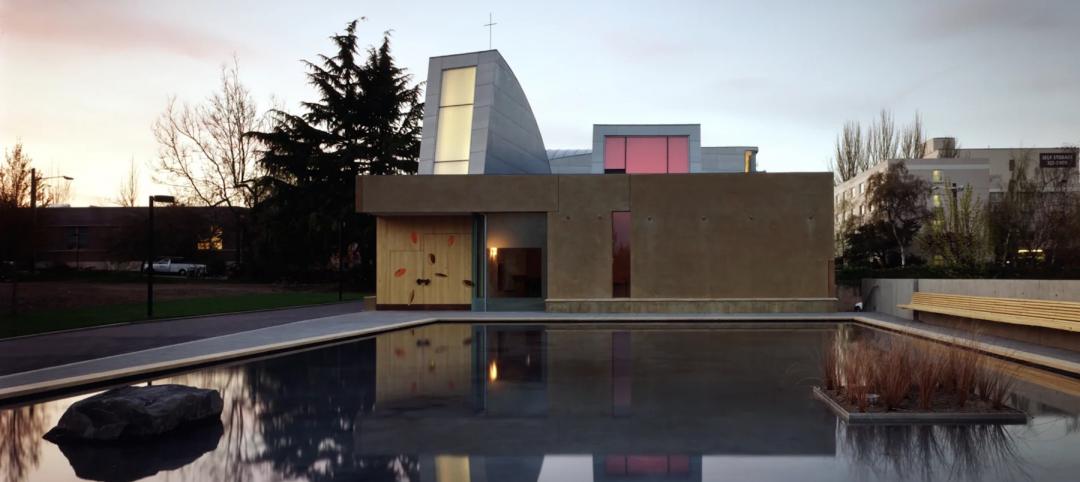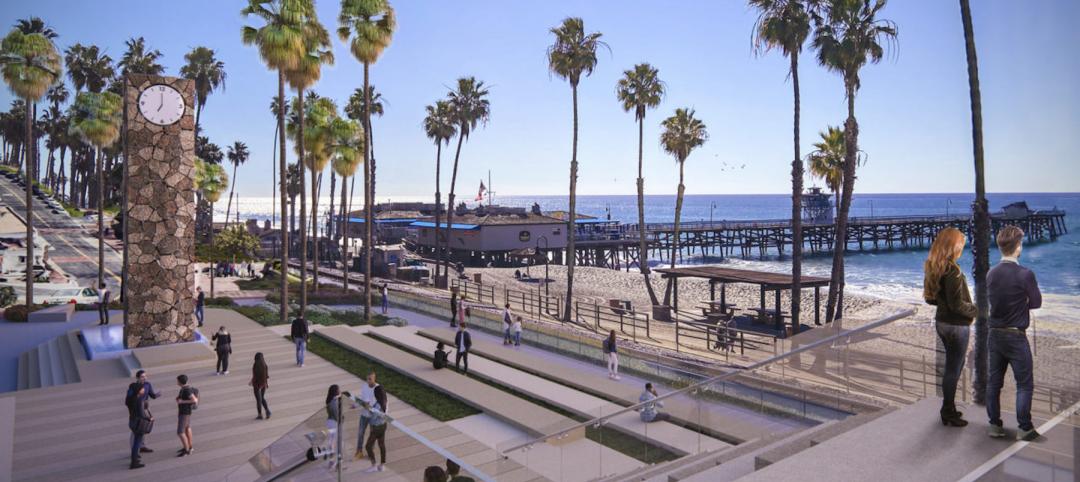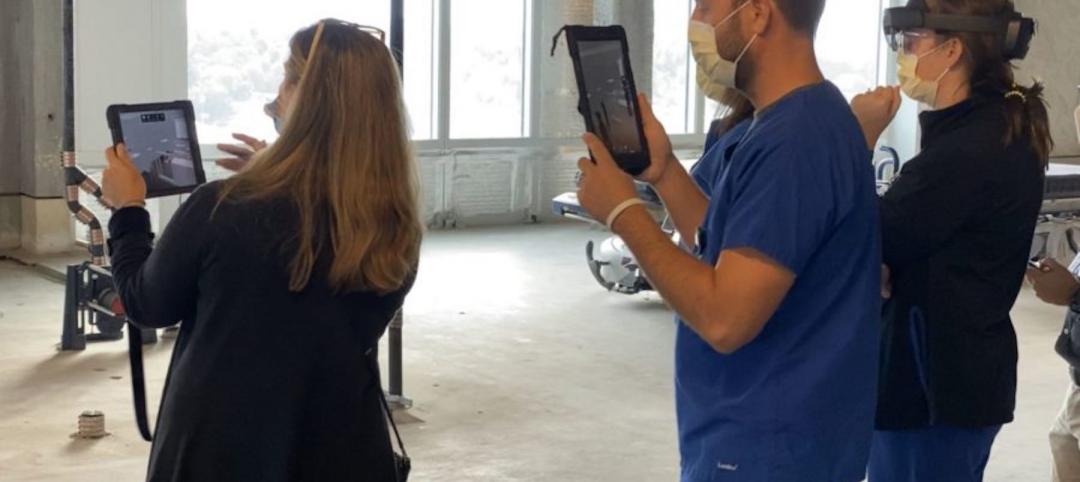According to the Occupational Safety and Health Administration (OSHA), falls are the leading cause of private sector worker fatalities in the construction industry. Everyone who works at heights, whether it's on a roof, scaffolding, or the edge of a tall building, should have properly fitting safety harnesses, yet not all contractors have the supply they need to better protect women in construction. To help address this, Autodesk is funding a grant program with one of the largest construction trade organizations – the Associated General Contractors of America (AGC) – to supply select, in-need member contractors with fall protection harnesses sized for women who work at heights.
The program comes at a time when 80 percent of construction firms report having a hard time filling the hourly craft positions that represent the bulk of the construction workforce. Women represent approximately 10 percent of the overall construction labor force1, with even lower representation in trades positions, and one of the largest demographics with the potential to fill the gap in labor. To help attract and retain more women in the field, jobsites need to recognize and meet the needs of a gender-diverse workforce, including properly sized and comfortable PPE.
"The construction industry agrees safety must be everyone's priority, but we also need to recognize when safety needs aren't being met for some workers. Technology is improving jobsite safety, but it's not a silver bullet," said Allison Scott, director, Autodesk Construction Solutions. "Construction is – and will continue to be – a people-driven business. The industry needs more people, and women must feel safe and welcome on jobsites if we want them to choose a career in construction. Ultimately, when we address safety for women, we improve safety for everyone."
See Also: Skanska designs personal protective equipment tailor-made for the female workforce
Ill-fitting PPE can range from uncomfortable to downright dangerous. For example, a fall protection harness that's too loose may still catch a woman when the scaffolding beneath her collapses, but it could seriously injure her neck or shoulder in the process. This not only affects the injured worker, but her employer as well. The contractor incurs lost time, productivity and – potentially – a costly worker's compensation claim.
"One of the most effective ways to successfully recruit more women into high-paying construction careers is to make sure firms are able to provide safety equipment that makes them even safer," said Stephen E. Sandherr, the chief executive officer of the Associated General Contractors of America. "We want to leverage these grants to encourage our member firms to provide a wider range of safety equipment and continue to expand the diversity of our workforce."
A top concern of contractors is the safety of their employees, and many are recognizing the shifting landscape in the construction workforce and taking steps toward a more inclusive, injury-free job site. Earlier this year, Skanska created gloves and two customized safety vests designed for women and based on feedback from its own female employees. The company plans to expand the apparel line soon to include surveyor vests and high-visibility jackets for winter.
The grant program will fund the purchase of approximately 300 fall protection harnesses sized for women. AGC members can apply for the grants until the application window closes on January 10, 2020. Winners will be notified in advance and honored at the AGC's annual convention, to be held March 9-12, 2020 in Las Vegas, NV.
Related Stories
Headquarters | Jun 30, 2022
Lenovo to build its new global headquarters in Beijing
Washington, D.C.-based architecture and design firm CallisonRTKL has announced it will create the new global headquarters in Beijing for Lenovo Group, a Chinese multinational personal technology company.
Mass Timber | Jun 29, 2022
Mass timber competition: building to net-zero winning proposals
The 2022 Mass Timber Competition: Building to Net-Zero is a design competition to expand the use of mass timber in the United States by demonstrating its versatility across building types and its ability to reduce the carbon footprint of the built environment.
Laboratories | Jun 29, 2022
The "collaboratory" brings digital innovation to the classroom
The Collaboratory—a mix of collaboration and laboratory—is a networking center being designed at the University of Denver’s College of Business.
Airports | Jun 29, 2022
BIG and HOK’s winning design for Zurich airport’s new terminal
Two years ago, Zurich Airport, which opened in the 1950s, launched an international design competition to replace the aging Dock A—the airport’s largest dock.
Museums | Jun 28, 2022
The California Science Center breaks grounds on its Air and Space Center
The California Science Center—a hands-on science center in Los Angeles—recently broke ground on its Samuel Oschin Air and Space Center.
Contractors | Jun 27, 2022
Reverse mentorship: A model for the future of the construction workforce
Reverse mentorship can help seasoned professionals develop new skills, stay connected with younger generations, and gain future-forward insights for life and business.
Building Team | Jun 27, 2022
Chapel of St. Ignatius by Steven Holl Architects receives AIA’s twenty-five year award
The American Institute of Architects (AIA) is honoring the Chapel of St. Ignatius in Seattle, designed by Steven Holl Architects, with its Twenty-five Year Award.
Green | Jun 22, 2022
The business case for passive house multifamily
A trio of Passive House experts talk about the true costs and benefits of passive house design and construction for multifamily projects.
Building Team | Jun 22, 2022
Design for new San Clemente Marine Safety Headquarters would create new public plaza
A proposed design by HMC Architects for a new San Clemente Marine Safety Headquarters makes creative use of the seaside topography of the Pacific Coast.
Augmented Reality | Jun 22, 2022
Not just for POKÉMON GO anymore: how augmented reality is transforming architecture
By solving a long-standing communication problem, Augmented Reality (AR) is poised to make architecture quicker, nimbler, and more cost effective.



